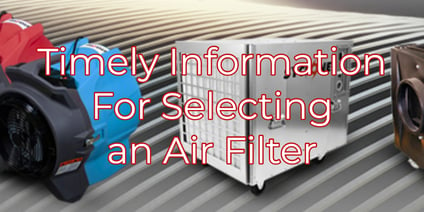Indoor Air Quality is a growing concern in the workplace. Today more than ever, we are concerned about contamination in our environment.
What causes indoor air quality concerns?
- Indoor environment issues: inadequate temperature, excess humidity, poor air circulation, and ventilation system issues
- Indoor air contaminants: chemicals, dusts, molds or fungi, bacteria, gases, vapours, and odours
- Insufficient outdoor air intake
What are common contaminants?
- Airborne pathogens, tobacco smoke, perfume, body odors from building occupants.
- Dust, fiberglass, asbestos, gases, including formaldehyde from building materials.
- Toxic vapors, volatile organic compounds (VOCs) from workplace cleansers, solvents, pesticides, disinfectants, glues.
- Gases, vapours, odours, off-gas emissions from furniture, carpets, and paints.
- Dust mites from carpets, fabric, foam chair cushions.
- Microbial contaminants, fungi, molds, bacteria from damp areas, stagnant water and condensate pans.
- Ozone from photocopiers, electric motors, electrostatic air cleaners.
There are many effective measures available to improve air quality. Removal of the source, where possible, should always be the first action taken. Once the offending material has been removed, the air can be cleaned using air scrubbers or a negative air machine. Where necessary, containment can also be set up to keep contaminants from spreading.
Enjoyed reading this post? Read the following articles:




